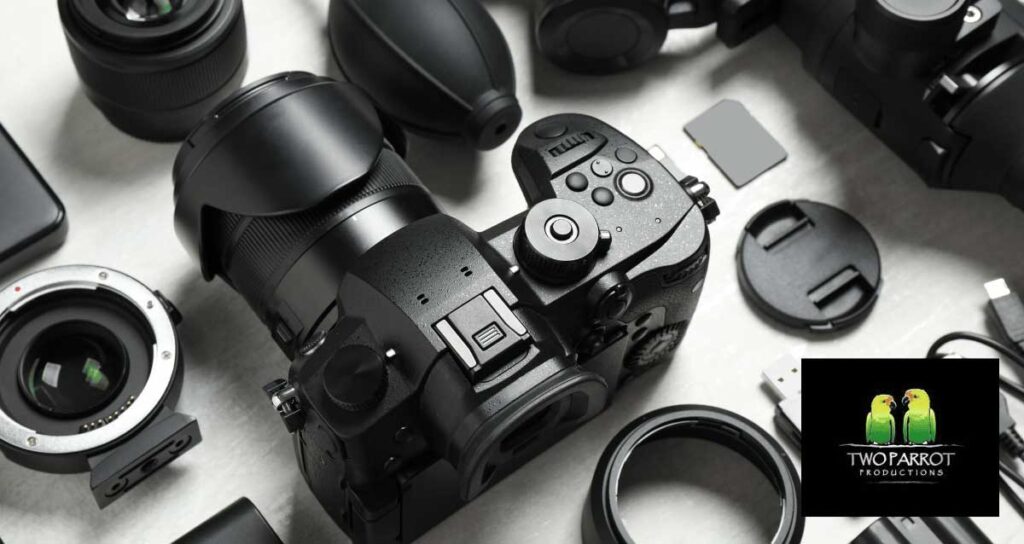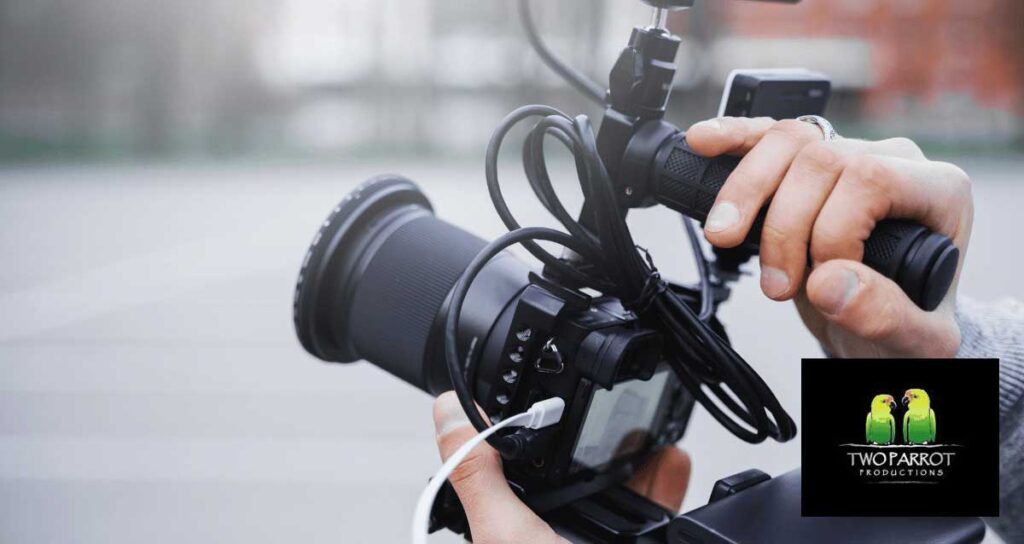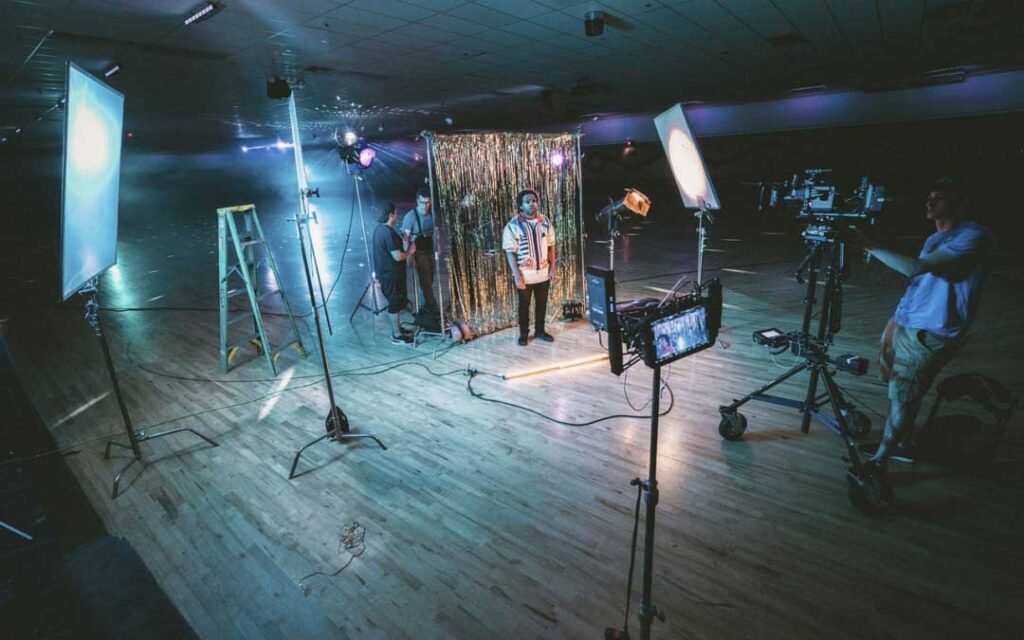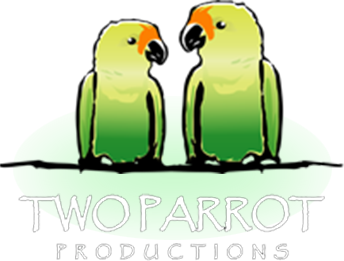In today’s digital age, video production for nonprofits has become an integral part of nonprofit organizations’ communication strategy. Videos have the power to captivate an audience, stir emotions, and create an emotional connection that mere words cannot. Whether it’s storytelling, fundraising, or awareness campaigns, videos can profoundly influence the success of nonprofits.
The truth is that visual storytelling is one of the most effective ways to get your message across and nonprofits often have very powerful images that can make a huge impact. It comes down to creating visual stories that connect with your audience. Simple as that.
Nonprofit fundraising videos have the power to captivate audiences, tell inspiring stories, and compel viewers to take action. But how does one produce a compelling video that resonates with the audience? Let’s delve into the world of nonprofit video production and unravel its many facets.
From storytelling techniques to video production tips, we will cover everything you need to know to create an impactful fundraising video.
Short Summary
- Nonprofit video production can create engaging content to increase visibility and tell stories that aid the nonprofit in achieving its objectives.
- Professional storytelling and effective fundraising videos are essential tools for nonprofits, as well as awareness campaigns utilizing explainer videos, testimonials, event highlights & more.
- Promoting nonprofit videos requires social media platforms, email marketing strategies & community engagement tactics for maximum impact.
Understanding Nonprofit Video Production

Video production for nonprofits is not just about creating content; it’s about amplifying the voices and perspectives of mission-driven nonprofit organizations. Nonprofit video production companies offer a wide array of services, including nonprofit video production, text, audio, animation, photography, and more, to create engaging content such as fundraising videos, commercials, and public service announcements.
The nonprofit video production process is quite comprehensive. It begins with understanding the nonprofit’s requirements, target audience, and purpose. The next steps involve scripting, capturing footage, and finally editing and producing the final product.
Editing is a critical step in the video production process. Bringing in a professional video production company can prove to be a game-changer for nonprofits. They create video content that increases visibility, tells sincere stories, and aids the nonprofit to achieve its objectives.
Storytelling for nonprofits
Storytelling is an effective way to captivate viewers and communicate an organization’s mission. Companies like Chance Multimedia adhere to ethical standards for video storytelling, ensuring the featured individuals have a pleasant experience. It’s also beneficial to bring in specialists like MotionGility, a renowned explainer video production company, to help bring your story to life.
Successful nonprofit video storytelling can be seen in works like the Love146 video, which uses a combination of narrative and music to create a strong emotional connection with the viewer.
Fundraising videos
Fundraising videos play a crucial role in encouraging donations and backing for nonprofits. They effectively use video marketing to showcase the impact of the nonprofit’s work, as seen in the successful fundraising video by Charity: water.
Incorporating firsthand testimonials can make the organization’s impact more tangible and relatable to supporters, making the video more effective.
Awareness campaigns
An awareness campaign is a marketing campaign intended to increase awareness of a cause, product, or service. Their importance lies in their ability to disseminate the message of a cause to a broader audience and cultivate greater engagement and support.
The Rainforest Alliance video demonstrates how an effective awareness campaign can have a lasting impact. It encourages viewers to take small but meaningful steps toward preserving rainforests.
Choosing the Right Video Format for Your Nonprofit

Choosing the right video format is a critical step in the nonprofit video production process. The appropriate video type not only influences the mood and style of the video, but also affects the entire process of capturing, animating, or editing it.
Demo Duck, for instance, produces different types of videos for nonprofits, including testimonial videos, corporate videos, explainer videos, and more.
Explainer videos
Explainer videos are concise, educational videos that elucidate a product, service, or concept in an effortless and captivating manner. They are an excellent tool for nonprofits to educate viewers about the organization’s mission and impact, enhance engagement, and boost donations.
Companies like MotionGility and Demo Duck have proven expertise in creating explainer videos for nonprofits.
Testimonials
Testimonials provide a platform for nonprofits to exhibit the real-world effects of their activities. They bolster trust and reliability among potential benefactors and patrons and help craft compelling narratives that generate awareness and funds.
For instance, testimonials can include statements from beneficiaries or supporters relating the impact of the nonprofit on their lives.
Event highlights
Event highlights capture the most memorable or significant moments of an event. They are an essential part of nonprofit video production as they emphasize the key activities of the nonprofit and engage the audience. Techniques such as utilizing multiple cameras, recording audio, and stabilizing the camera with a tripod are recommended to ensure the highlights of an event are captured effectively.
These techniques can help to create professional videos that will be engaging and memorable for your audience.
Essential Equipment for Nonprofit Video Production

The quality of a video greatly depends on the equipment used. For nonprofit video production, the essential equipment includes cameras, lighting, and audio.
Utilizing a professional camera, for instance, can provide more control over the video quality and offer features that a phone may not provide, such as built-in image stabilization and the capability to interchange lenses.
Cameras
When it comes to cameras, nonprofits have two primary options: a built-in mobile phone camera or a professional camera. While mobile phone cameras are convenient and cost-effective, the quality of the video may not be as high as that of a professional camera.
Professional cameras, on the other hand, provide higher quality video but are pricier. Depending on the type of video being produced, a mirrorless camera may be best for vlogging, while a DSLR could be ideal for in-house video production.
Lighting
Lighting is another crucial element in creating professional-looking videos. It can help establish a certain atmosphere or ambiance and focus attention on particular components of the frame. Techniques such as the three-point lighting technique can be used to achieve optimal lighting.
Moreover, natural lighting, especially on a cloudy day or during the golden hour, can create a more natural look.
Audio
High-quality audio contributes to a captivating and immersive experience for viewers. To capture audio of the highest quality, it is advisable to use an external microphone as opposed to the camera’s built-in mic and to record supplemental pieces of location sound. Ensuring excellent audio quality is essential for a truly engaging viewing experience.
Adding ambient recordings and sound effects can also provide a more engaging experience for viewers.
Tips for Filming Nonprofit Videos

Filming nonprofit videos is an art that requires a keen eye and a solid strategy. From selecting the right location to employing effective composition techniques and minimizing shaky footage, every step is crucial to the final product. Utilizing stock videos can also be a valuable resource in enhancing the visual appeal of your project.
When creating a nonprofit video, it’s important to consider the message you want to convey. Think about it.
Location scouting
Selecting the right location can significantly improve the aesthetic of your video. To achieve the best results, aim to capture footage during the morning or evening hours when the lighting is more subdued.
Also, consider the impact of the location on the video’s message and check for any noise or light interference that could affect the video quality.
Composition techniques
The way elements are positioned within a video can greatly impact its visual appeal and the viewer’s comprehension. Techniques like the rule of thirds, leading lines, depth of field, and color theory can help create an engaging and professional-looking video.
Also, consider the lighting and avoid overhead lighting as it can cast unappealing shadows on the subjects.
Minimizing shaky footage
Shaky footage can be a major distraction for viewers and can detract from the quality of the video. To minimize shaky footage, employing a tripod or stabilizer, shooting in slow-motion, using two hands to hold the camera, and using a high shutter speed are some of the best techniques.
Video stabilization software such as Adobe Premiere Pro or Apple Final Cut Pro can also be utilized to further reduce shaky footage.
Editing Nonprofit Videos

Editing is a crucial part of video production. It is where all the elements come together to create a cohesive and engaging narrative. During editing, the message should be kept clear and concise. Engaging visuals should be used to draw the viewer in and a call to action should be included to encourage them to take action.
The editing process is an important step in the editing process.
Video editing software
Video editing software is an essential tool for creating high-quality videos. Nonprofits can benefit from several video editing software options, such as Camtasia, Adobe Creative Cloud, Animoto, and Corel VideoStudio Pro. Each of these software offers unique features that can help create professional-grade videos.
Camtasia is a powerful video editing software that allows users to create high-quality videos.
Transitions and effects
Transitions and effects are visual elements that can greatly enhance the storytelling and aesthetic appeal of a video. They can be used to create a sense of motion, emphasize certain elements, or evoke a particular atmosphere.
Various transitions and effects, including standard cuts, fade in/out, cross dissolves, and more complex effects such as wipes, zooms, and pans, can be used to enhance the video.
Editing in segments
Editing in segments can make the editing process more efficient and organized. It allows for small changes to the video without having to start from the beginning. This facilitates the process of making adjustments and ensures that the video is of a high quality and professional standard.
By splitting the text into segments, it is easier to identify areas that need improvement and make the text more interesting.
Promoting Your Nonprofit Videos

Once you have a professional-looking video, the next step is to share it with the world. Promotion of nonprofit videos can be achieved through social media platforms, email marketing, and community engagement.
Social media is a great way to reach a wide audience quickly. You can post your video on YouTube.
Social media platforms
Social media platforms like Facebook, LinkedIn, Instagram, and Twitter can be powerful tools for promoting your nonprofit videos. These platforms allow you to share your videos with a wide audience and engage with your viewers. They also allow you to track the performance of your videos and gain insights into your viewers’ engagement.
By leveraging the power of social media, you can reach a larger audience and gain valuable insights.
Email marketing
Email marketing is another effective way to promote your nonprofit videos. You can share your videos with your existing email subscribers, include them in newsletters, or use them in your email marketing campaigns to engage your audience and motivate them to take action.
By leveraging email marketing, you can reach a wider audience and increase the visibility of your videos.
Community engagement
Engaging with your community can help build relationships and garner support for your nonprofit. By sharing your videos and engaging with your community, you can educate your audience about your cause, share inspiring stories, and encourage them to take action.
You can also use social media to create a sense of community and connection with your supporters. Through it all, through.
Summary
In conclusion, video production for nonprofits is a powerful tool that can greatly influence the success of nonprofits. It involves various aspects, from understanding the purpose and audience to choosing the right video format and using the right equipment. Filming and editing also play crucial roles in producing a high-quality video. Finally, promoting your video effectively is key to reaching a wider audience and achieving your goals.
The world of nonprofit video production may seem daunting, but with the right skills and knowledge, you can create powerful and engaging videos that resonate with your audience and further your cause. So, are you ready to create your next impactful video?
Frequently Asked Questions
How do you make a nonprofit video?
To make a nonprofit video, set a budget and goal first, then brainstorm and plan content and go shoot footage. Once all the material is collected, edit it and spread the word to get your message out there.
Can nonprofits monetize YouTube videos?
Yes, nonprofits can monetize YouTube videos by using Donation Cards. Tips to make the most out of Donation Cards on YouTube include having one card per video in order to avoid confusing viewers.
This is a great way for nonprofits to generate additional revenue and support their cause. Donation Cards are easy to set up and can be used to collect donations.
Can a film production be nonprofit?
Yes, a film production can be nonprofit, as long as it has a board of directors to legally control the entity and provides a culturally beneficial purpose such as educational programs, community involvement, or engagement with social issues.
These activities must be documented and reported to the IRS in order to maintain the nonprofit status.
What is nonprofit advertising examples?
Nonprofit advertising encompasses various forms of paid content such as digital ads, social media posts, radio spots, and print materials used to spread awareness about a charity and its services.
It also includes traditional advertising tactics to promote fundraisers and other programs.
How do you make a fundraising video?
Create a captivating pitch, clearly communicate the specifics of your campaign, leverage the power of video storytelling, keep videos concise and impactful, be authentic, and include a call-to-action to make an effective fundraising video.
Make sure your video is engaging and memorable. Use visuals, music, and sound effects to create an emotional connection with your audience. Focus on the story you want to tell and the message you want to convey. Keep the video short and to the point. Include a call-to-action at the end to encourage action.










